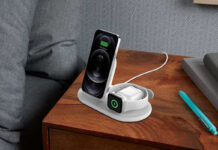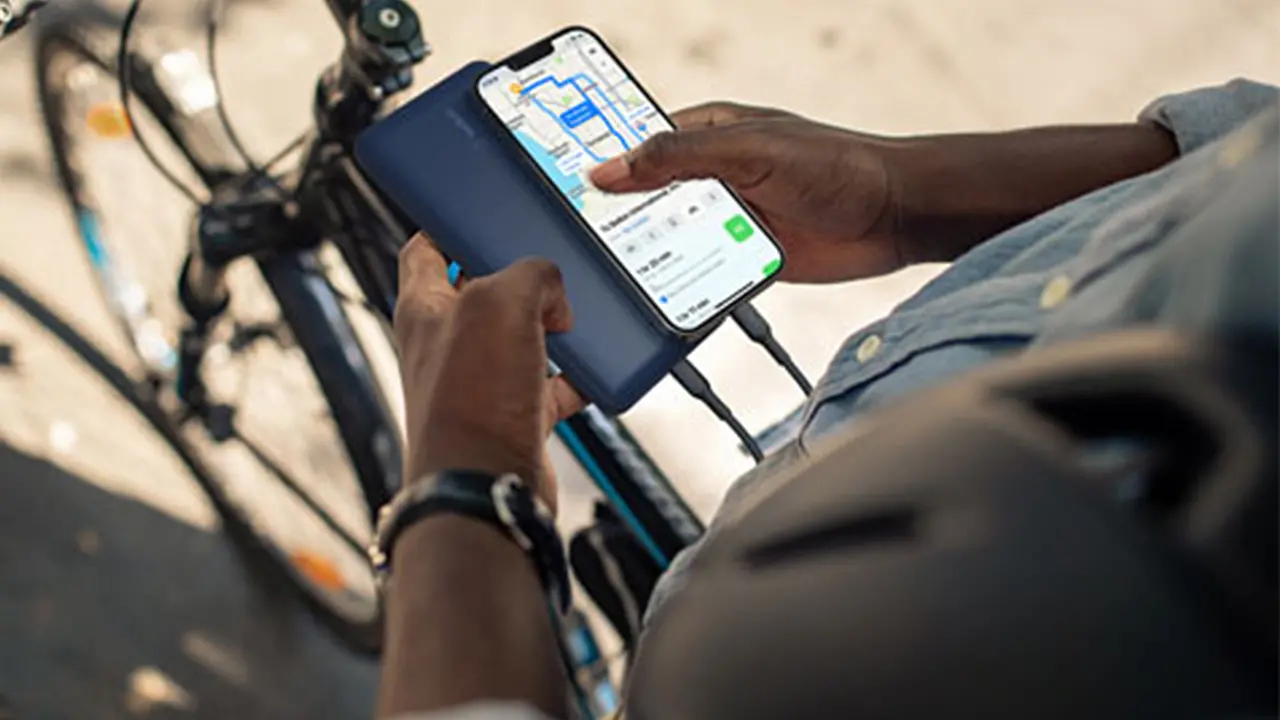
In today’s digital age, staying connected is more important than ever. As such, power banks, also known as portable chargers or battery packs, have become an essential tool for those who need to keep their devices charged on the go. These handy devices store electrical energy that you can use to power up your smartphones, tablets, and even laptops. With so many options available on the market, it can be challenging to figure out what to look for in a power bank. This article aims to answer frequently asked questions about power banks to help you understand their functionality, how to maintain them, and how to use them safely.
Frequently asked questions about power banks
Terms and types of power banks
Is a power bank the same as a portable charger?
Yes, a power bank and a portable charger refer to the same device that stores electrical energy, which you can use later to charge your devices on the go. They are often used for smartphones, tablets, and even laptops, making them a handy accessory, particularly for those always on the move.
Is a battery pack the same as a power bank?
Yes, a battery pack and a power bank are essentially the same. Both terms are used interchangeably to refer to a portable device that can charge electronic devices via USB or wireless charging.
What’s the difference between a USB-C and a standard USB power bank?
The main difference is the type of port used. USB-C power banks often support faster charging speeds and can charge larger devices like laptops. They also have a reversible plug, which adds to the convenience.
Are power banks with wireless charging compatible with all devices?
Wireless power banks work with Qi-compatible devices, which include many of the latest smartphones. Some models even provide multiple charging spots for simultaneous device charging. Not all devices are wireless charging compatible, so ensure your devices are Qi-enabled before purchase.
Are solar power banks efficient?
Solar power banks are great for outdoor use where there’s plenty of sunlight, but they charge significantly slower than wall chargers. They’re usually seen as a last resort or for emergencies, not the primary charging source.
Capacity
How many mAh should a good power bank have?
The mAh (milliampere hours) indicates the capacity of the power bank. A good power bank should have at least 10,000mAh. However, if you’re frequently away from power sources or have multiple devices, you might want to consider a higher-capacity power bank like one with a 20,000mAh capacity.
How does the capacity of a power bank (mAh) relate to charging times?
The capacity of a power bank directly impacts how many times it can charge your device. For instance, if your phone has a battery capacity of 2,000mAh, a 10,000mAh power bank can theoretically charge it five times.
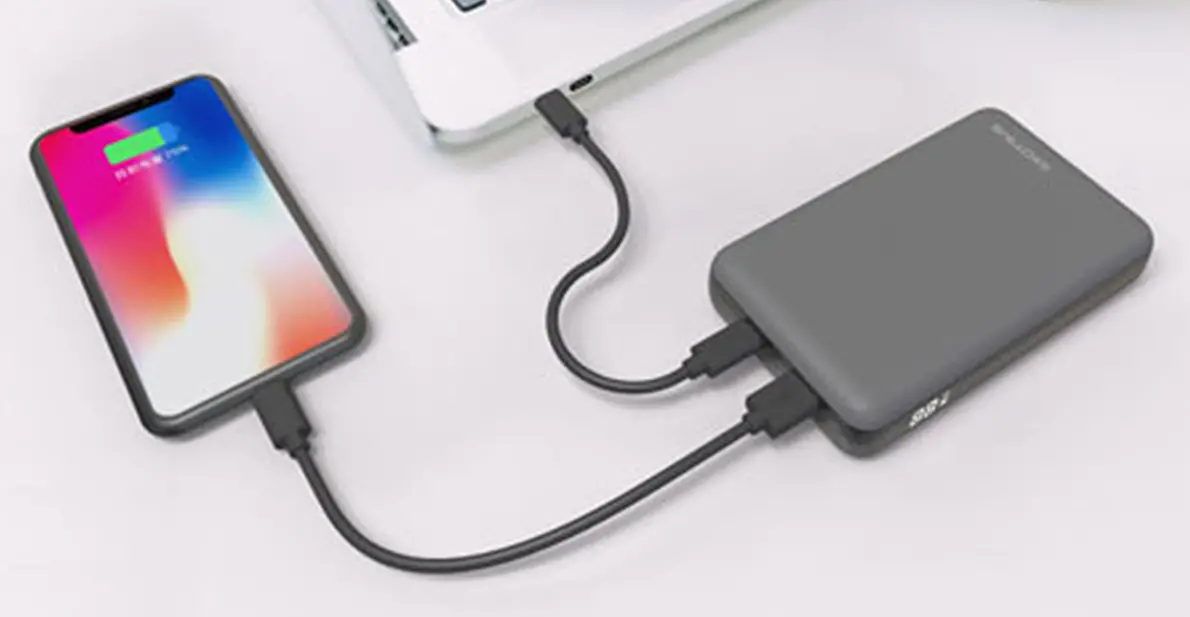
Everyday charging
Is a power bank worth it for everyday use?
For most people who rely on their devices throughout the day, a power bank is a worthwhile investment. It provides an assurance that you can keep your devices running when you’re away from a power source.
Can a power bank charge any type of device?
Most power banks are capable of charging any device that can be charged via USB, including phones, tablets, cameras, portable speakers, and more. Some high-capacity power banks can even charge laptops.
How do I know if my power bank is fully charged?
Most power banks have LED indicators that show the charging status. When all the lights are stable (not blinking), it’s usually a sign that the power bank is fully charged.
Is it okay to charge your power bank with two chargers?
It’s generally not recommended to charge your power bank with two chargers. Most power banks are designed to be charged with a single charger, and using two might damage the power bank’s battery or circuitry due to the excessive voltage.
Can a power bank damage your phone?
In general, using a power bank will not damage your phone. It’s important, however, to use a quality power bank from a reputable brand. Cheap or poorly-made power banks can potentially cause harm.
Can power banks charge laptops?
Yes, but you’ll need a high-capacity power bank, usually with a USB-C PD (Power Delivery) port, and your laptop needs to support USB-C charging. Check the power requirements of your laptop and the specifications of the power bank to ensure compatibility.
Can power banks jump-start cars?
Some specially designed power banks can jump-start cars. These are usually larger and have specific jump-starting cables. Regular power banks do not have this capability.
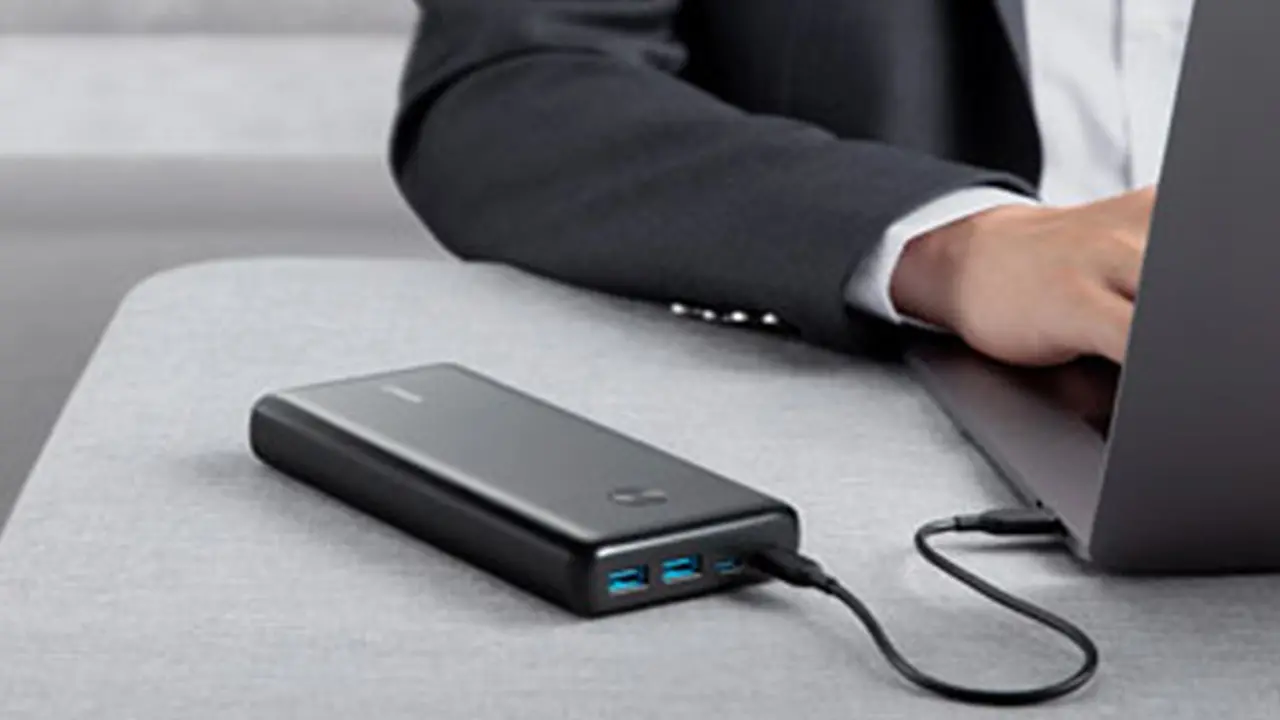
Maintenance and proper disposal
How often should I charge my power bank for optimal use?
It’s best to recharge your power bank every few months if you’re not using it regularly. For frequent users, recharging it once it drops to 20-30% usually ensures a good balance between usability and battery health.
How can I prolong the lifespan of my power bank?
To prolong the lifespan, don’t leave your power bank charging longer than necessary, avoid exposing it to high temperatures, and use the provided or quality cables for charging. Regular use can also help maintain the battery’s health.
How long does a power bank typically last before it needs replacing?
A good quality power bank can last for several years. The lifespan depends on the quality of the components, how often it’s used, and how well it’s cared for. Most power banks can endure 500 to 1,000 charge cycles before their efficiency significantly drops.
How do you dispose of used power banks?
Due to the batteries and electronic components inside, you shouldn’t throw your old power bank in regular waste. In Canada, there are several electronic waste disposal programs where you can drop off your used power bank. Some manufacturers or retail stores also have take-back programs.
Safety and risks
What are the safety risks associated with power banks?
Poorly made power banks can pose safety risks such as overheating, exploding, or electrocuting. Always opt for a power bank from a reputable brand, and don’t expose it to extreme conditions.
Is it safe to use a power bank while it’s being charged?
While some power banks allow pass-through charging, it’s generally not recommended. This can generate excessive heat and degrade the power bank’s battery health.
Can power banks explode? If so, why does this happen?
While rare, power bank explosions can occur, usually due to poor quality components, faulty design, or misuse. Overcharging, puncturing, or exposure to extreme temperatures can cause power banks to explode. Always buy from reputable brands and handle your power bank with care to avoid such incidents.
Is it dangerous to leave a power bank inside a car?
Yes, it can be risky to leave a power bank in a car, especially on hot days. High temperatures can cause the battery in the power bank to swell, leak, or even explode. Always store your power bank in a cool, dry place to ensure its longevity and safety.
Are power banks allowed on airplanes?
Yes, power banks are allowed on planes in carry-on luggage, but there are restrictions on capacity (usually up to 100Wh or 27,027mAh without airline approval). Always check the airline’s rules before travel.
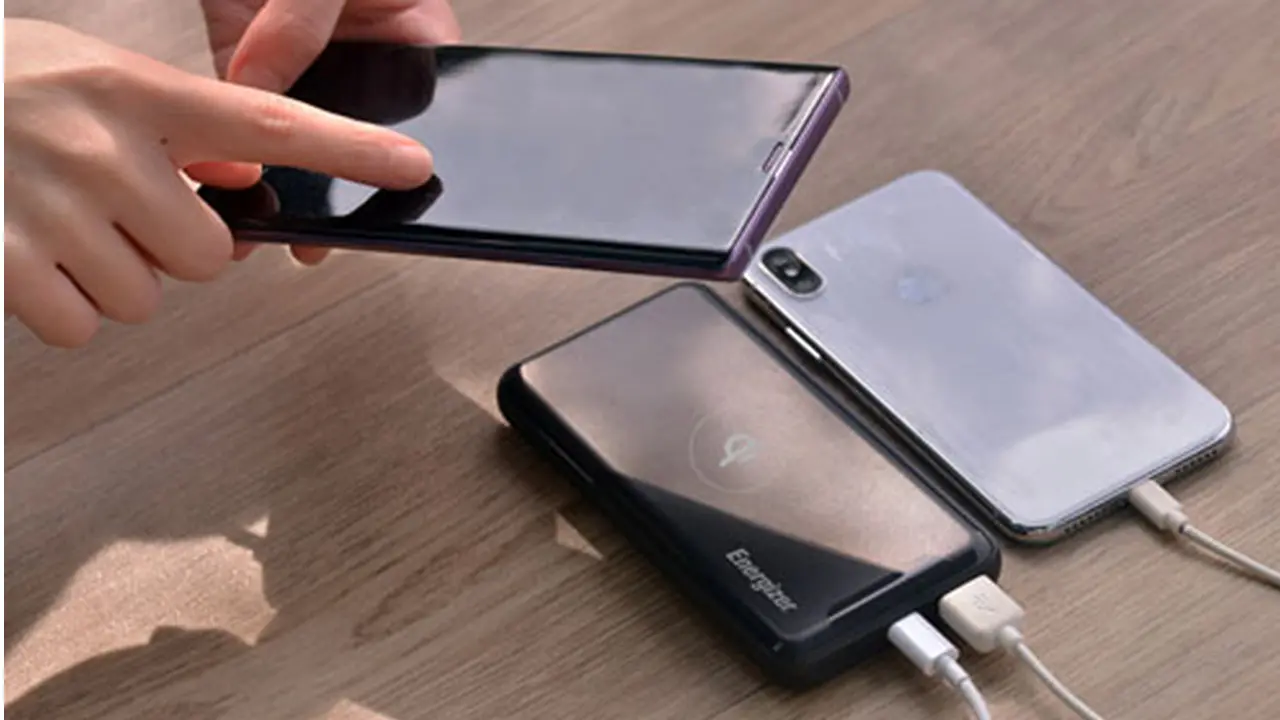
Never run out of battery again
Whether you’re a frequent traveler, an outdoor enthusiast, or someone who just uses their phone a lot, having a power bank can make life significantly easier. However, like any electronic device, power banks should be used responsibly and cared for properly to ensure they last a long time and operate safely. Always opt for high-quality power banks from reputable brands, and consider the specific charging needs of your devices. With the information provided in this article, you’re now equipped to make informed decisions about using and maintaining power banks. Remember, staying connected is easier when you have a reliable power source at hand.
This article was drafted using AI technology and then reviewed, fact-checked, and revised by a member of our editorial team.





































